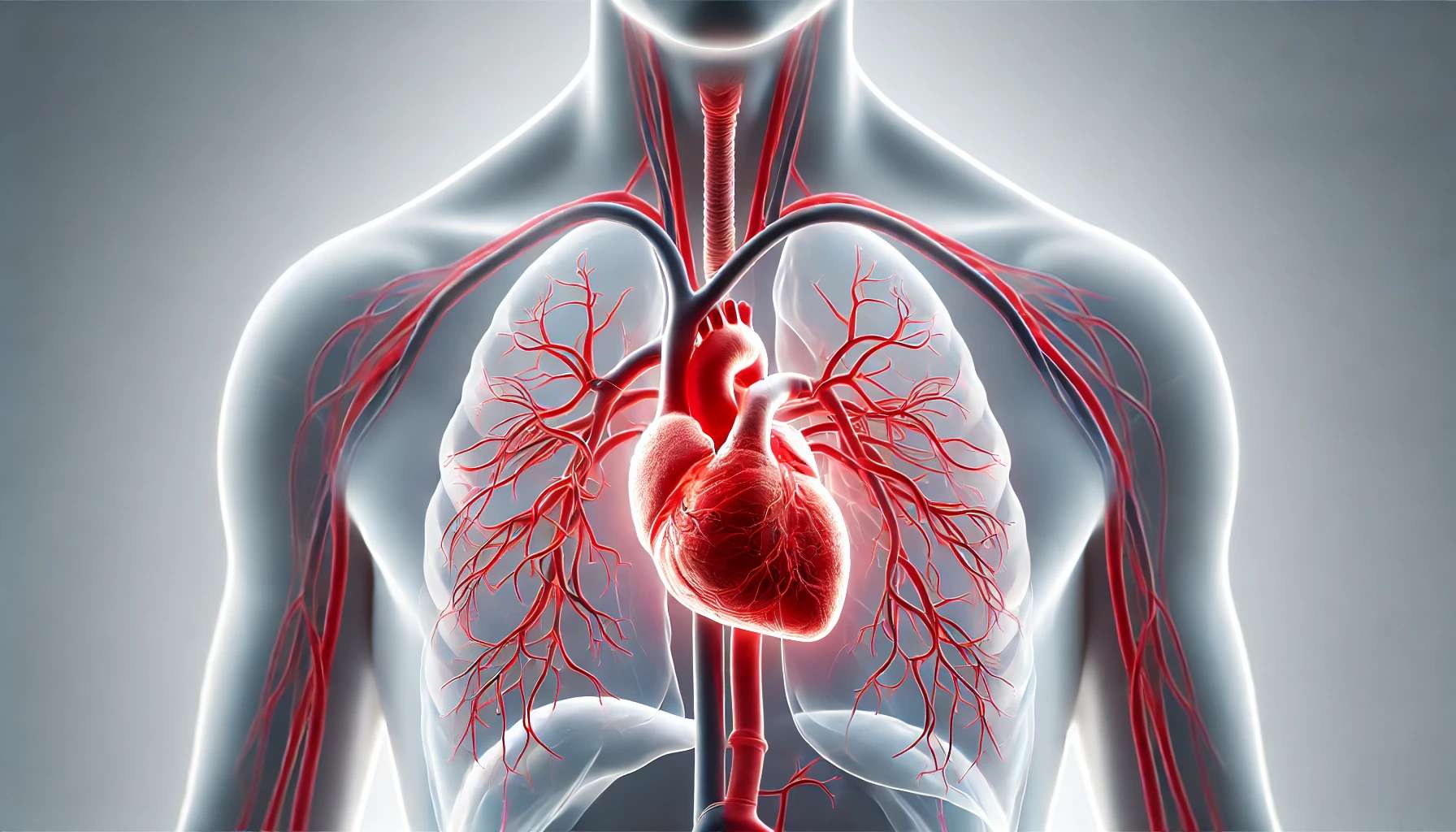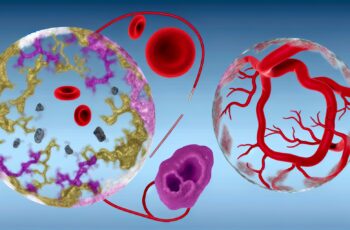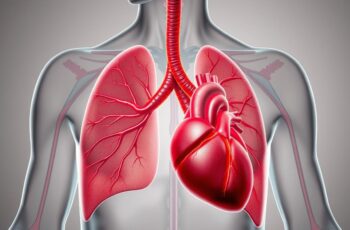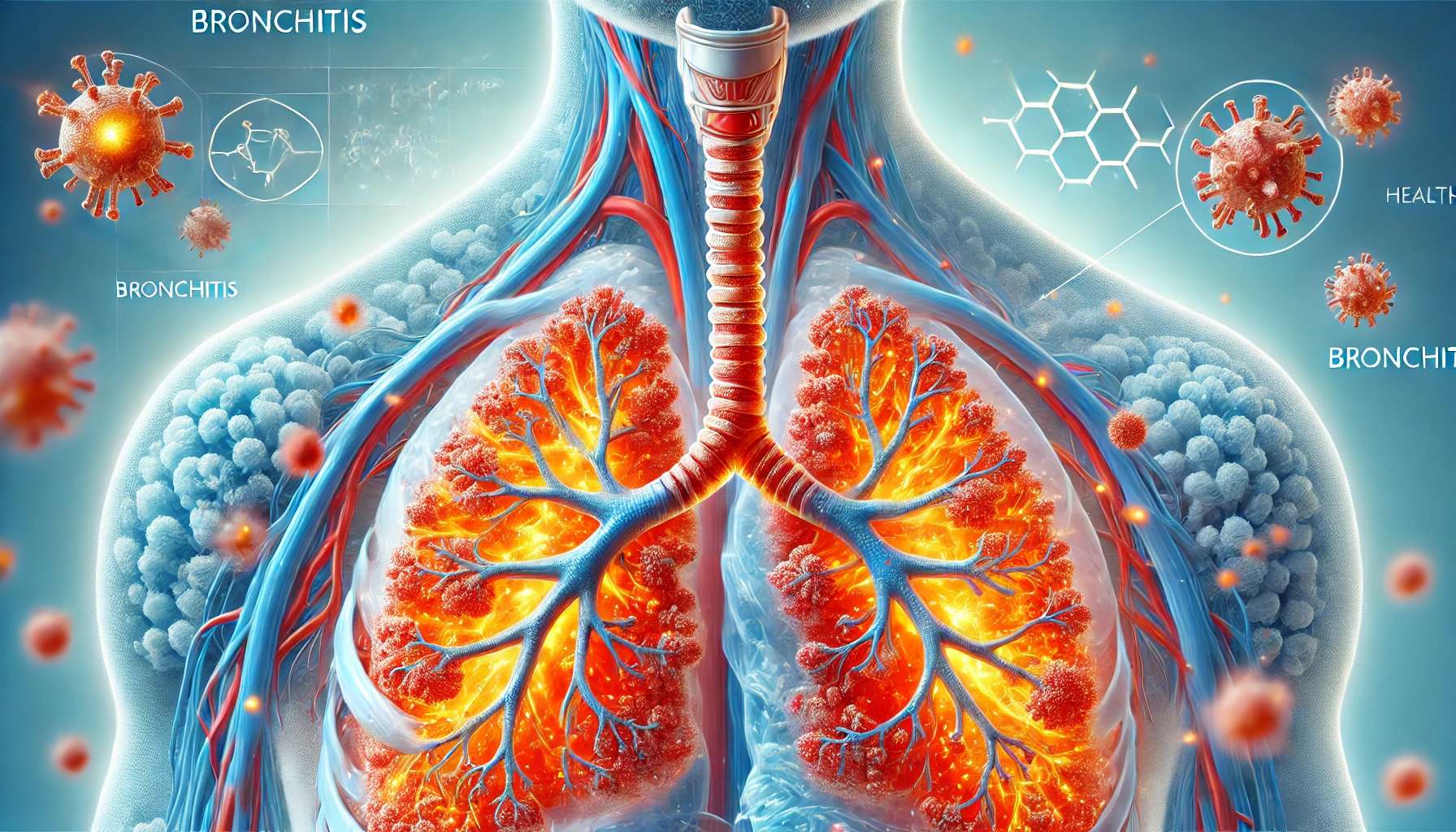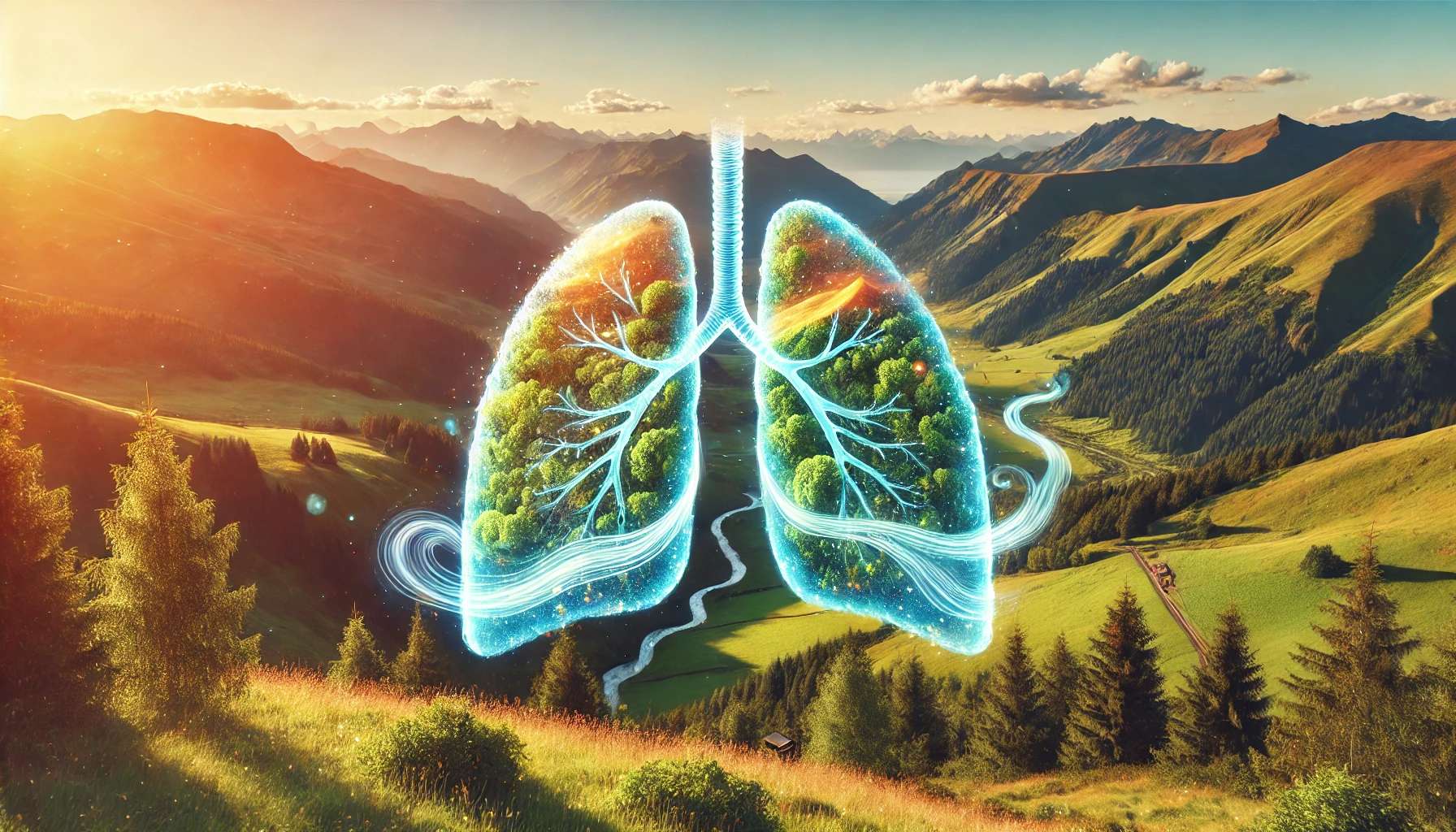Ad Blocker Detected
Our website is made possible by displaying online advertisements to our visitors. Please consider supporting us by disabling your ad blocker.
Lung cancer continues to be a global health crisis, taking a staggering toll on lives annually. This guide aims to uncover the layers of this complex disease, from pinpointing its causes and recognizing early symptoms to exploring treatment options and essential preventive measures.
Learn About Lung Cancer
Lung cancer originates in the lungs, the organs responsible for delivering oxygen to the bloodstream and expelling carbon dioxide. It begins when cells in the lung tissue undergo abnormal changes, multiplying uncontrollably to form tumors. These tumors can disrupt lung function, hinder breathing, and metastasize to other parts of the body through the blood or lymphatic system.
There are two main types of lung cancer:
- Small Cell Lung Cancer (SCLC): An aggressive form known for rapid growth and spread.
- Non-Small Cell Lung Cancer (NSCLC): More common, with varying subtypes that differ in growth rate and prognosis.
Are There Lung Cancer Symptoms?
Detecting lung cancer early is challenging because the symptoms often appear vague or go unnoticed. Yet, being mindful of these potential signs could save lives:
- Persistent Cough: A cough that lingers or worsens over time.
- Chest Pain: Discomfort or pain, especially during deep breaths or coughing.
- Shortness of Breath: Difficulty breathing during even light activities.
- Wheezing: A high-pitched sound when breathing, often due to blocked airways.
- Hoarseness: A raspy or strained voice.
- Coughing Up Blood: Blood in sputum, ranging from streaks to noticeable amounts.
- Unexplained Weight Loss: Losing weight without intentional dietary or exercise changes.
- Fatigue: Persistent exhaustion that doesn’t improve with rest.
It’s essential to remember that these symptoms could point to other medical conditions. Regardless, seeking prompt medical advice is crucial when symptoms persist or worsen.
What Are Lung Cancer Risk Factors?
Lung cancer doesn’t discriminate, but certain factors heighten the risk of developing it:
- Tobacco Smoke: The leading cause, as harmful chemicals in tobacco lead to cellular damage. This risk extends to secondhand smoke exposure.
- Radon Exposure: A naturally occurring gas that can accumulate indoors, posing significant risks over time.
- Occupational Hazards: Prolonged exposure to substances like asbestos, arsenic, and diesel fumes increases vulnerability.
- Air Pollution: Chronic exposure to polluted air, especially in urban areas, contributes to lung damage.
- Genetics: A family history of lung cancer may predispose individuals to higher risk through inherited mutations.
Is There Lung Cancer Treatment?
Can Lung Cancer Be Treated? Yes, lung cancer treatments are available, tailored to the cancer type, stage, and overall health of the patient. Timely diagnosis dramatically improves the odds of success.
- Surgery: Often used for early-stage NSCLC, this involves removing the tumor.
- Radiation Therapy: High-energy rays target cancer cells, used alongside surgery or independently.
- Chemotherapy: Systemic treatment to eliminate cancer cells throughout the body.
- Targeted Therapy: Precision drugs focus on specific genetic mutations in cancer cells.
- Immunotherapy: A revolutionary approach using the body’s immune system to combat cancer.
- Palliative Care: Addresses symptoms like pain and breathlessness, improving life quality for advanced cases.
Lung Cancer Prevention
The best way to combat lung cancer is to reduce exposure to known risk factors:
- Quit Smoking: This is the single most impactful step to lower your risk.
- Avoid Secondhand Smoke: Keep yourself and loved ones away from harmful smoke.
- Test for Radon: Ensure your home is safe by testing and mitigating high radon levels.
- Follow Workplace Safety Guidelines: Use protective gear when exposed to carcinogens.
- Adopt Healthy Habits: A balanced diet, regular exercise, and minimizing pollution exposure bolster lung health.
Conclusion
While lung cancer remains a formidable health issue, progress in diagnosis and treatment fuels hope for better outcomes. By understanding the risks, staying alert to symptoms, and emphasizing prevention, we can collectively lessen its impact.
Share Health. Share this information with your loved ones and encourage them to prioritize lung health.
Disclaimer: This content is intended for educational purposes only. For medical concerns or decisions, consult a qualified healthcare provider.

